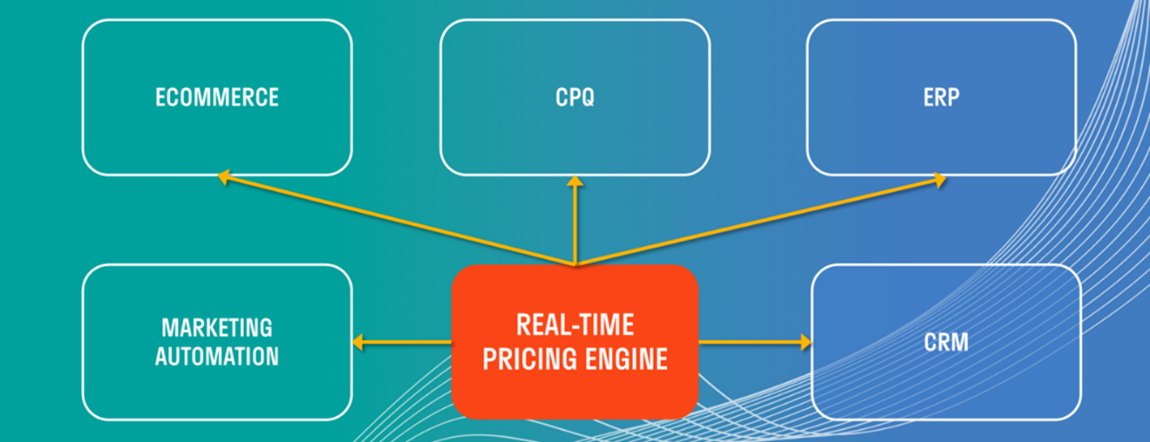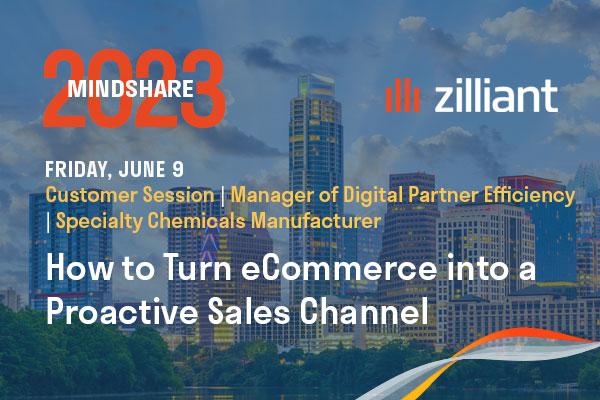Metalworking and MRO supplies distributor MSC Industrial Supply had a tough Q3. Net sales were down 7.1% in large part due to a big miss on ecommerce expectations, and the company parted ways with its chief digital officer.
“Delayed website enhancements, which were designed to foster online commerce with MSC’s core manufacturing customer base, resulted in setbacks in marketing efforts as well as online features for helping those customers find the right products at the right price,” said CEO Erik Gershwind on a Q3 earnings call according to Digitalcommerce360.com.
To be clear, eCommerce issues are not specific to MSC Industrial Supply. Many distribution and manufacturing companies want to transact business more efficiently through self-service channels. So, while the vision is right, there are often challenges that stand in the way of the execution. For MSC Industrial Supply, product search capabilities and misaligned pricing were problematic.
In this blog post, I’ll examine MSC Industrial Supply’s eCommerce pains and offer alternate approaches that might have helped the distributor avoid serious setbacks.
The Product Selection Experience
When it comes to how customers will find the right product, the eCommerce goal for some B2B companies is to adopt an Amazon-like search approach using keywords to obtain relevant results. But for many industrial suppliers who have hundreds of thousands of highly complex products these keyword searches often fail. For example, if I were searching for a 100-volt mica capacitor with 27 picofarads and axial leads, simply relying on “capacitor” or a long string of capacitor-related keywords will likely return unwieldy results.
A great alternative to keyword-specific search I’ve seen a Zilliant customer implement is leveraging dynamic, context-aware search criteria. First, the user chooses a product category, and then additional context-aware dropdowns appear to allow the user to narrow their search. Using the above example, if looking for a capacitor, you can first select the capacitor type (Mica), and then narrow it down by picking the capacitance range (20-30 picofarads), voltage range (50-100V), then package type (axial leads), and so on. If I were to search within a different product category (say, coaxial connectors) I’ll see different context-aware dropdowns which are relevant to this product category. With this approach, you are effectively building up the specification of the product you’re after while searching for it and the context-aware dropdowns guide you through the process. This offers a more elegant customer experience for companies with a large and very technical catalog.
Pricing Alignment
MSC Industrial Supply also encountered an issue they referred to as “web price alignment.” “This was a highly complex project hinging on highly complex pricing and discounting systems,” said CEO Erik Gershwind on a Q3 earnings call. While details were scarce about what that meant, from my experience working with our customers, this sounds like a struggle ensure that customers receive the same price in eCommerce that they would receive in traditional order channels such as EDI or inside sales.
Many large B2B distribution companies use long-term agreement pricing that involve customer-specific discounts for frequently purchased items or product categories, and these prices are routinely stored in ERP. Therefore, when a customer goes to a distributor’s eCommerce portal, they need to see their own specific pricing and not generalized list pricing or standard discount schedules. I’ve seen companies attack this a couple of ways.
Some try to replicate customer-specific price logic from their ERP within their eCommerce solution. But eCommerce pricing capabilities tend to be far less sophisticated than ERP pricing capabilities, and it can be extremely complex or even impossible to replicate all the price conditions accurately. Alternatively, some companies tackle this situation by configuring their eCommerce system to call into the ERP via an API to get the right price. However, the ERP is often quite slow to return the price (say, 30 seconds or more) and this leads to a slow and clunky user experience for customers engaging with eCommerce.
The best solution for ensuring consistent prices for omni-channel sales is to leverage the power of a real-time pricing engine. A real-time pricing engine becomes the centralized authority for all prices and price logic and, via API, delivers price values to all end-points which require them, including ERP, CRM, CPQ, and eCommerce systems.

Further, a real-time pricing engine can adjust prices dynamically based on inventory availability, competitor pricing, cost changes, and other inputs which many of these endpoints could not respond to on their own. By taking this approach, distributors can remain competitive and improve customer experience in the hyper-charged digital marketplace.
Conclusion
MSC Industrial Supply’s troubles illustrate that delivering the right product at the right price to customers is essential for eCommerce success. Product selection and pricing needs to be at the foundation of every meaningful customer experience, especially in a digital sales channel.
MSC Industrial Supply felt pain at the order level due to product and pricing complexity, which ultimately led to declining revenues. They have a plan to correct these issues, but there’s also an opportunity to improve the customer experience and revenue performance beyond their current vision. Readily available revenue intelligence tools can deliver a curated buyer-seller relationship by delivering targeted sales actions and personalized offers for customers directly into the self-service portal. Fostering a dynamic, personalized eCommerce customer experience is a powerful way to ensure this sales channel flourishes.



